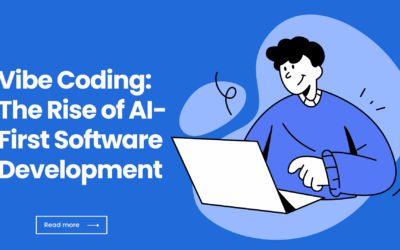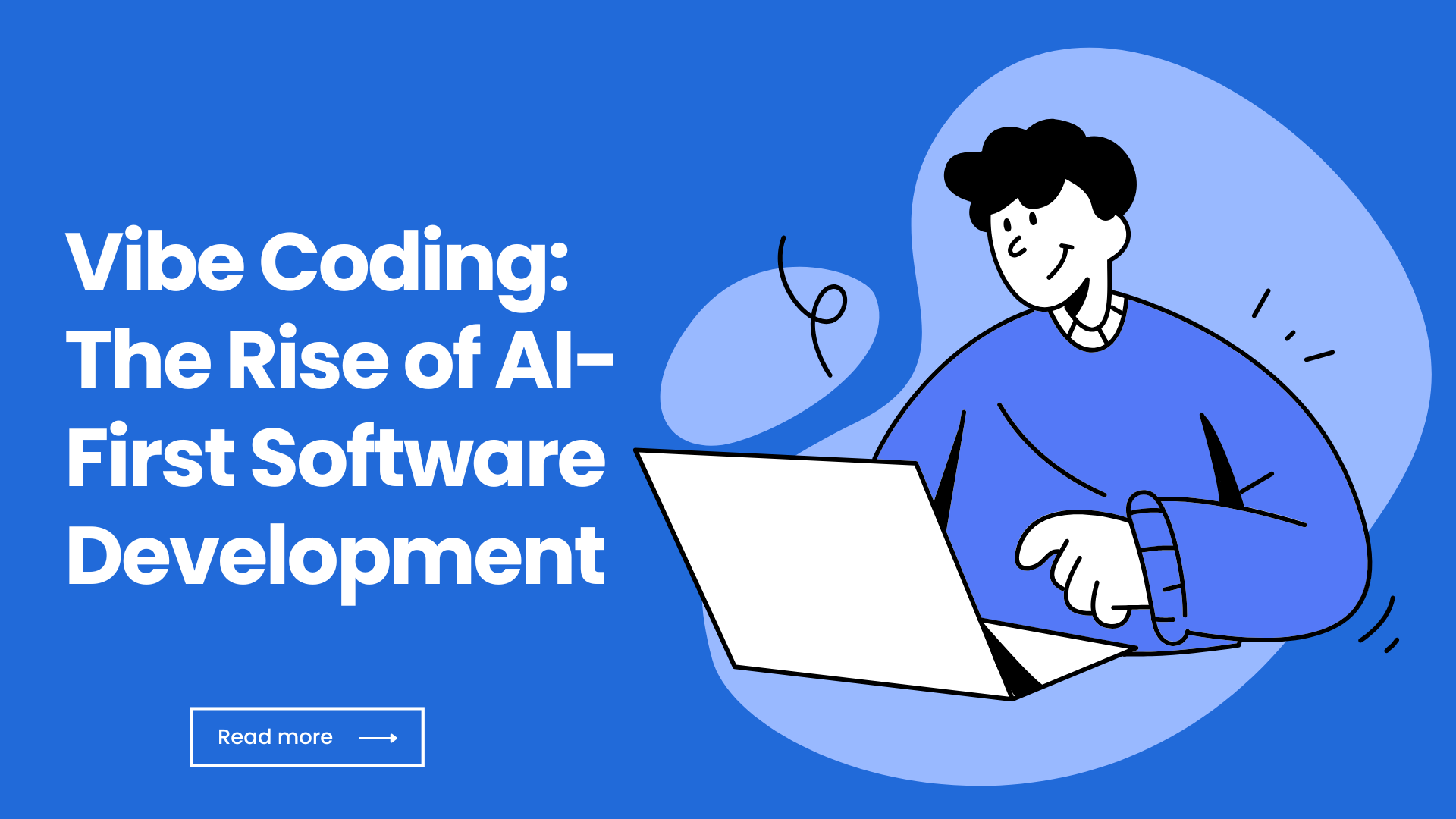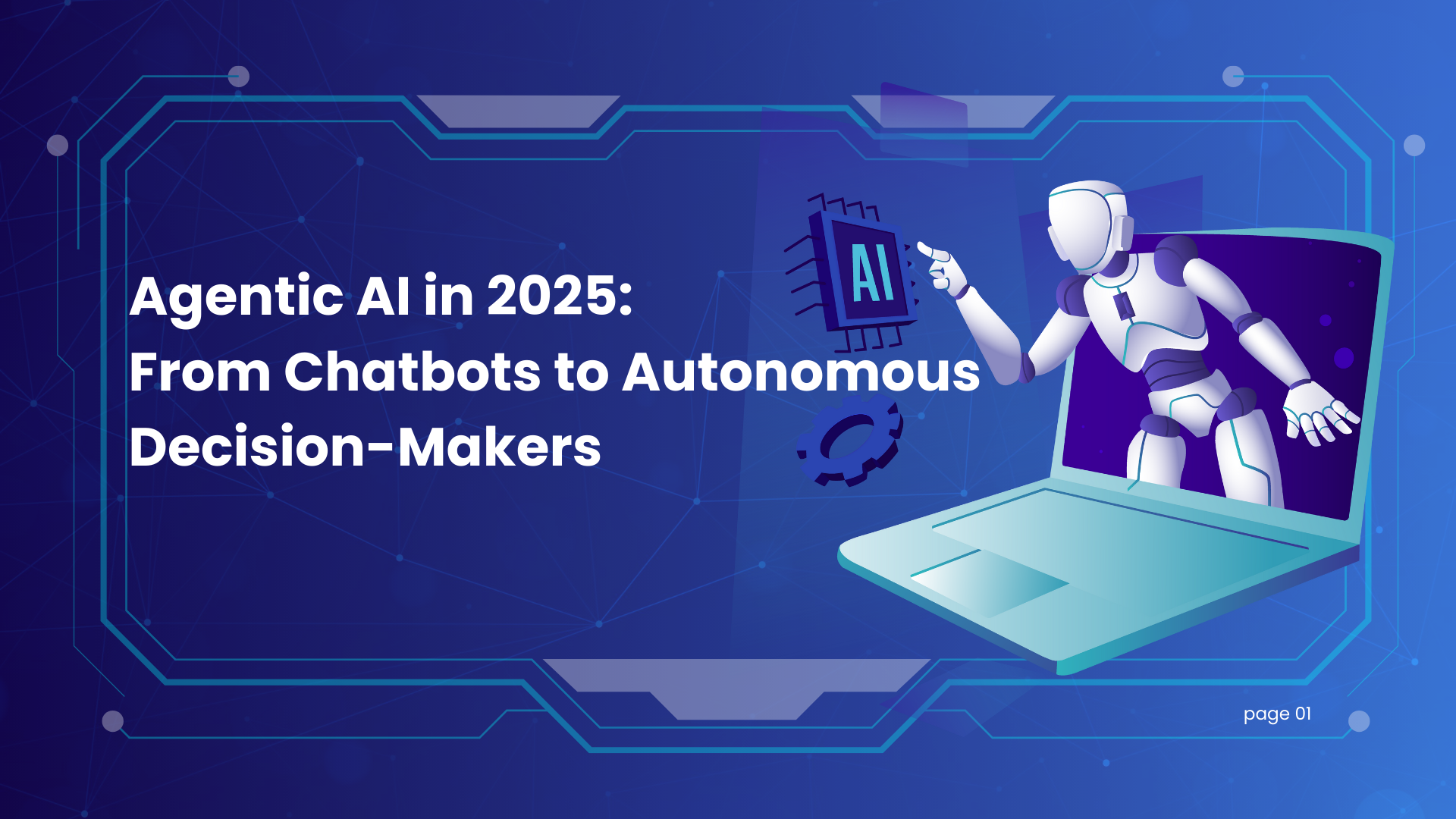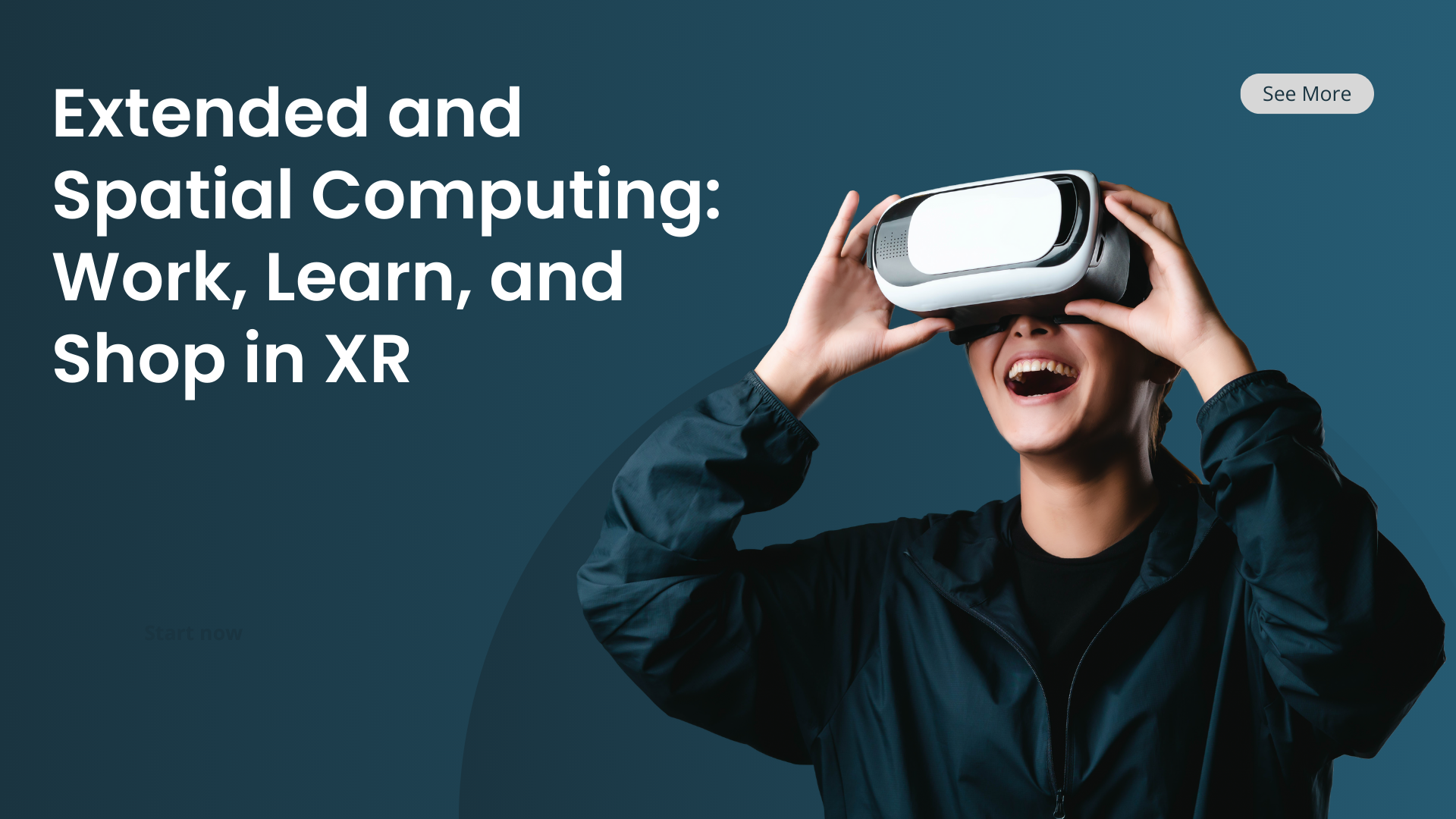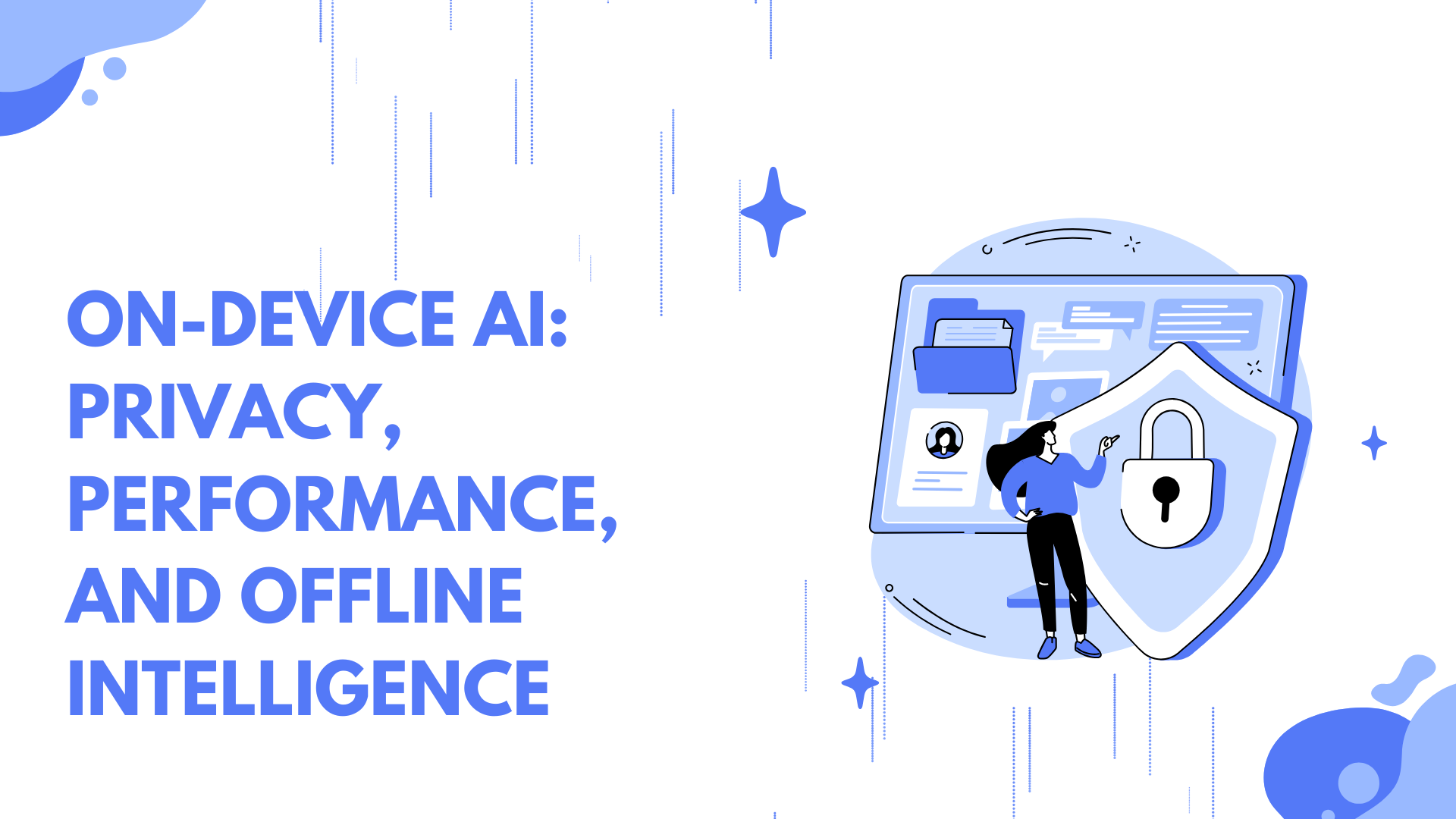Software development has always been an evolving craft. From punch cards to high-level programming languages, developers have continually adapted to new tools, paradigms, and methodologies. But by 2025, the landscape is undergoing a seismic shift with the rise of AI-first software development, sometimes called “vibe coding.”
Vibe coding isn’t just coding with AI assistance—it’s a development paradigm where AI is central to the creation, optimization, and deployment of software. In this blog, we’ll explore what vibe coding is, why it’s emerging now, how it’s changing development workflows, the benefits and challenges it introduces, and the future of software development in an AI-first world.
What Is Vibe Coding?
Vibe coding is an informal term describing a style of software development that leverages AI models—like code generation tools, assistants, and autonomous agents—as the primary driver of coding workflows. Unlike traditional approaches where humans write code line by line and AI only offers suggestions, vibe coding positions AI as a co-creator or even lead developer:
- Developers define intent, logic, and requirements.
- AI generates, refactors, and optimizes code.
- Iterative feedback loops between human and AI refine outputs rapidly.
Think of it as a collaborative dance: humans provide direction, context, and oversight, while AI handles repetitive tasks, boilerplate code, and even complex algorithm design.
The result? A faster, more efficient, and creativity-oriented software development process.
Why AI-First Development Is Emerging in 2025
Several trends have converged to make AI-first development not just possible, but necessary:
1. Advanced AI Models for Code
- Models like Codex, GPT-4, and their successors can generate production-quality code in multiple languages.
- They can translate requirements from natural language into working code, significantly reducing development cycles.
2. Demand for Faster Software Delivery
- Businesses face pressure to release features quickly to stay competitive.
- AI-assisted development accelerates prototyping and iteration, allowing teams to meet ambitious timelines.
3. Complexity of Modern Systems
- Software systems today integrate APIs, cloud services, microservices, and machine learning pipelines.
- AI-first development helps manage complexity by automatically generating scaffolding, error handling, and integration code.
4. Low-Code and No-Code Integration
- AI extends the reach of low-code/no-code platforms, enabling non-experts to participate in development while maintaining high-quality outputs.
5. Remote and Distributed Teams
- AI-first tools standardize coding practices and documentation, reducing friction for globally distributed development teams.
How Vibe Coding Works in Practice
A typical vibe coding workflow integrates AI at multiple levels:
1. Requirement Interpretation
Developers provide a description of the desired feature or system, either in natural language or a structured format. AI models interpret this intent, suggesting workflows, data structures, and functions.
2. Code Generation
AI generates code based on interpreted requirements:
- Functions, classes, and APIs
- Database queries and schema
- UI components and front-end logic
- Error handling and logging
Developers review, test, and refine the output, feeding corrections back into the AI system to improve subsequent suggestions.
3. Refactoring and Optimization
AI assists in:
- Reducing code duplication
- Improving performance and efficiency
- Ensuring adherence to coding standards and best practices
- Identifying potential security vulnerabilities
4. Testing and Debugging
AI can generate unit tests, integration tests, and edge-case scenarios automatically. It can even debug issues by tracing execution paths and suggesting fixes.
5. Deployment Automation
AI agents assist with CI/CD pipelines, configuration, and deployment, ensuring that software reaches production safely and efficiently.
In essence, developers shift from writing every line of code to orchestrating AI-driven coding workflows.
Benefits of AI-First Development
Vibe coding offers transformative advantages for developers, teams, and businesses:
1. Speed and Productivity
- Rapid prototyping and iteration cycles.
- Automated generation of repetitive code reduces manual effort.
- Time saved can be redirected to creative design, architecture, and strategic problem-solving.
2. Consistency and Quality
- AI enforces coding standards, improving readability and maintainability.
- Automatic testing and optimization lead to fewer bugs in production.
3. Accessibility and Inclusion
- Non-experts can contribute to development projects with AI assistance.
- Teams can onboard new developers faster by relying on AI to scaffold code and documentation.
4. Creativity and Innovation
- Developers can experiment with new ideas without getting bogged down in boilerplate coding.
- AI can suggest innovative approaches and alternative solutions that humans may overlook.
5. Cost Efficiency
- Reduced development time lowers operational costs.
- AI can fill gaps in skill sets, enabling smaller teams to achieve bigger results.
Challenges and Risks of AI-First Development
Despite its promise, vibe coding introduces new challenges:
1. Quality Control
- AI-generated code may contain subtle bugs or security vulnerabilities.
- Human oversight is essential to validate and verify outputs.
2. Intellectual Property and Licensing
- Code generated by AI models may inadvertently include licensed or copyrighted code.
- Organizations must establish policies to ensure legal compliance.
3. Over-Reliance on AI
- Developers may lose hands-on coding expertise.
- Critical thinking and problem-solving skills could erode if AI handles too much decision-making.
4. Ethical Considerations
- AI may encode biases or produce unsafe outputs if training data is flawed.
- Transparency in AI decision-making is necessary to build trust.
5. Integration Complexity
- Incorporating AI-generated code into legacy systems can require careful planning.
- Automated code may conflict with existing architecture or business rules.
Real-World Applications of Vibe Coding in 2025
Several industries are already embracing AI-first software development:
1. Enterprise Software
- Large companies use AI to generate internal tools, automate workflows, and manage cloud infrastructure.
- Custom ERP modules and dashboards are rapidly prototyped using AI-generated code.
2. Startups and MVP Development
- Startups can launch products faster by leveraging AI to handle foundational code.
- This allows founders and small teams to focus on core value propositions rather than boilerplate development.
3. Gaming and Interactive Media
- AI generates game logic, level design, and NPC behavior.
- Developers spend more time on storytelling, artistic design, and player engagement.
4. Education and Training Platforms
- Coding tutors powered by AI can generate exercises, debug student code, and provide personalized guidance.
5. Data-Driven Applications
- AI assists in writing machine learning pipelines, automating feature engineering, and integrating analytics dashboards.
The Future of Vibe Coding
The trajectory of AI-first development suggests several trends for the next five years:
1. Autonomous Code Agents
- AI agents that can independently write, test, and deploy software with minimal human intervention.
2. Hybrid Human-AI Teams
- Developers focusing on strategy, architecture, and high-level problem-solving, while AI handles coding tasks.
3. Generative AI for Full-Stack Development
- AI systems capable of generating front-end, back-end, and database code simultaneously, integrating seamlessly with DevOps pipelines.
4. Personalized AI Coding Assistants
- Developers will have AI assistants tailored to their coding style, preferred languages, and project requirements.
5. Regulatory and Ethical Standards
- Legal and ethical frameworks will evolve to manage AI-generated code, ensuring security, accountability, and compliance.
Conclusion: Redefining Software Development
Vibe coding represents more than a new set of tools—it signifies a paradigm shift in how software is created. AI-first development accelerates workflows, enhances creativity, and democratizes coding, but it also introduces challenges around quality, ethics, and skill retention.
By 2025, the most successful development teams will be those that orchestrate AI effectively, balancing human intuition with AI efficiency. Developers are no longer just coders—they are conductors, guiding AI agents to transform ideas into robust, scalable, and innovative software solutions.
The rise of vibe coding is redefining the craft of programming. In this AI-first world, the future of software development isn’t just about writing code—it’s about curating, collaborating, and co-creating with intelligent agents that amplify human potential.




